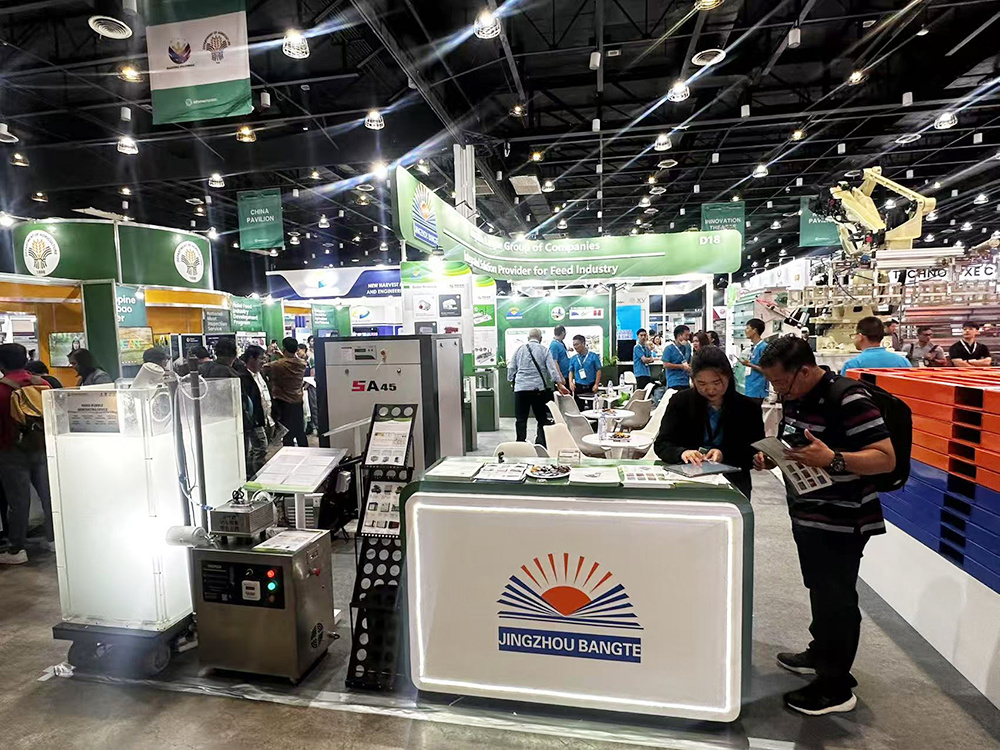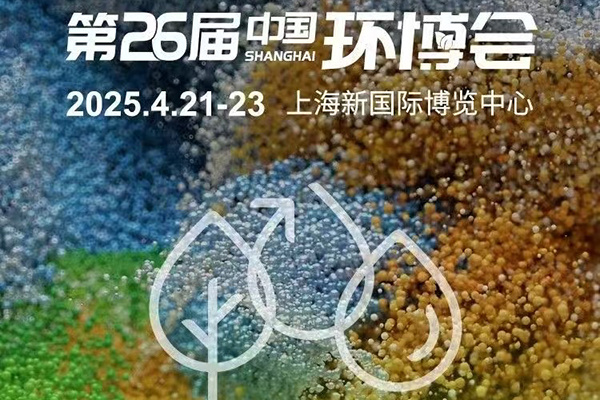Experiments on the treatment of wastewater containing fluorescent whitening agent by ozone nano bubble
Fluorescent whitening agent is a colorless organic compound that absorbs near-ultraviolet light invisible to the human eye and then emits blue-violet fluorescence visible to the human eye. Fluorescent whitening agent can use the optical effect to significantly improve the whiteness and luster of the object to be acted upon, in our country is categorized as printing and dyeing auxiliaries, widely used in the textile, paper and synthetic detergents and other industries at home and abroad have a large number of production and use.
01Existing Problems
Fluorescent whitening agent wastewater is difficult to be treated effectively because it contains a large amount of aniline, DSD acid, and some fluorescent whitening agent finished products and other difficult biodegradable substances, and the concentration of chlorine ions and other factors. At present, there are few studies on fluorescent whitener wastewater at home and abroad, and the treatment effect of the existing treatment process is generally poor, and the treated effluent can not meet the discharge standards, so the research on the treatment of this kind of wastewater is of great significance.
02Experimental purpose
This experiment is to apply the nano bubble technology and ozone advanced oxidation technology to the deep treatment of fluorescent whitening agent wastewater, and to investigate the effect of further reducing the COD index.
03Experimental equipment, reagents
Zhuhong® nano bubble generator (material 316 stainless steel), ozone generator (maximum output 60g/h, concentration 100-140mg/L), multi-parameter water quality meter 5B-3B (VII) (measuring COD content), organic glass reaction column, gas mask, dry pump, connecting pipe (PTFE)
Containing fluorescent whitening agent wastewater 50L, tap water, COD detection reagents.
04 Experimental program
Add the fluorescent whitening agent wastewater into the reaction column, the liquid level height 106cm. open the equipment to make the solution mix evenly, take the original water samples. Connect the inlet pipe of the nano bubble generator to the outlet of the ozone generator, start the ozone generator and the nano bubble generator, continuously add ozone to the water for 1 hour, and take the water samples for 15 minutes, 30 minutes and 1 hour to test the COD parameters and record.

The original water body is slightly yellow in color and slightly turbid due to the presence of certain suspended solids. Starting the Zhuhong® nano bubble Generator device to the water body quickly filled with a large number of micro fine bubbles, ozone will begin to react with the reactants. As the reaction proceeded, the suspended matter disappeared, the color faded, the water body became clear, and at the same time observed that the particle size of the bubbles gradually became larger.
In the experimental process to take the middle layer of waste water samples to detect the COD results are as follows.

05Summary
Ozone super micro nano bubble coupling process can effectively remove COD, chromaticity and other pollutants in sewage, can decompose large molecules of organic matter, to achieve the purpose of removing pollution from the root. Zhuhong ® nano bubble generator can quickly enhance the gas content in the liquid, improve the utilization efficiency of the gas, and ozone oxidation process is very suitable for the needs of the device by improving the utilization efficiency of the ozone, reduce the loss of the operation of the way to achieve savings in the project investment (including equipment and civil engineering) and the ultimate goal of the operating costs. Moreover, Zhuhong® nano bubble Generator is highly integrated, and can be applied to various volumes of wastewater treatment projects by matching with ozone generators with different outputs, and the water treatment effect is obviously improved.
It is believed that through continuous research, Zhuhong® ozone nano bubble coupling process can be widely used as a new type of advanced oxidation process for difficult wastewater treatment, contributing to the motherland's green mountains and green water.




